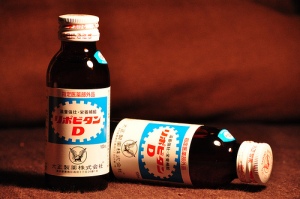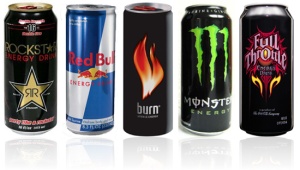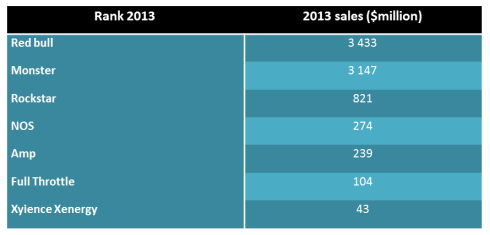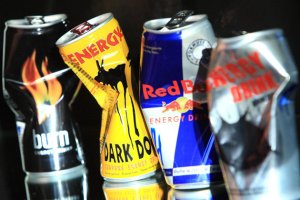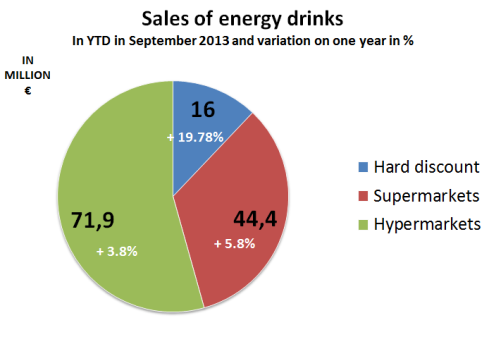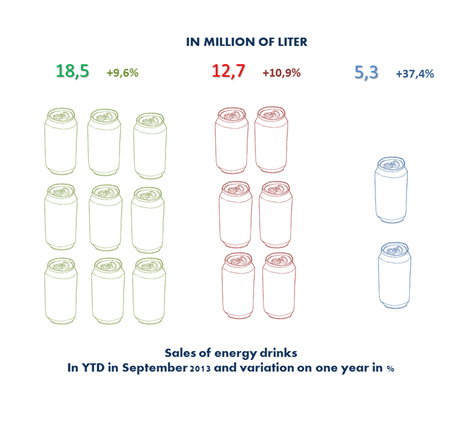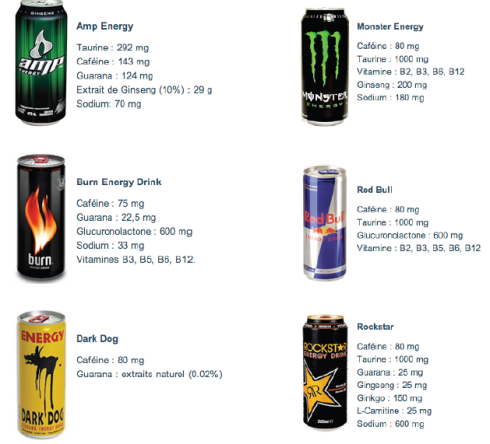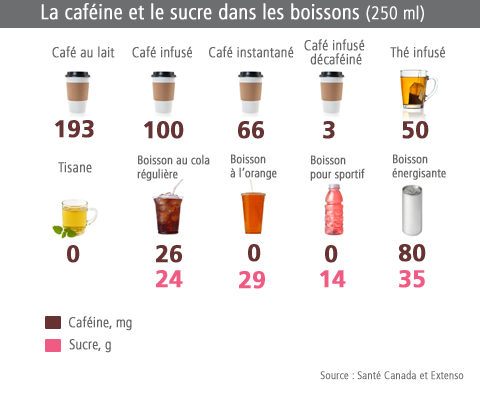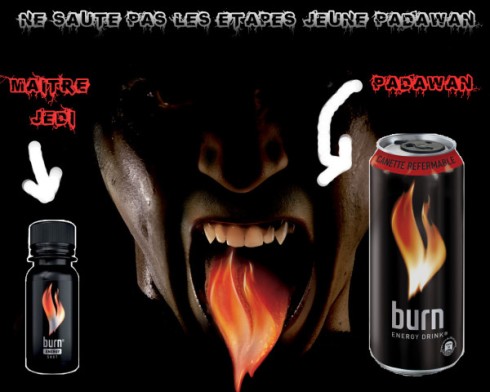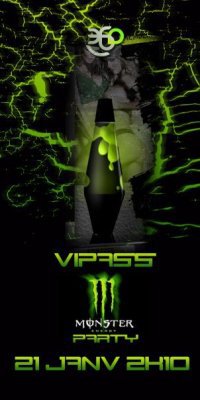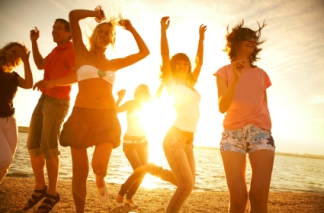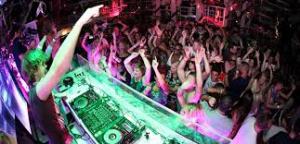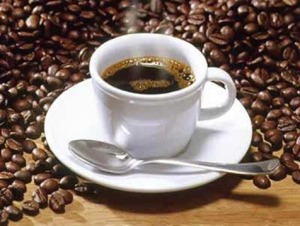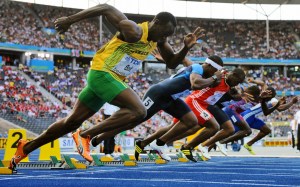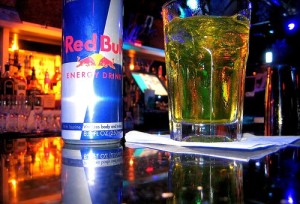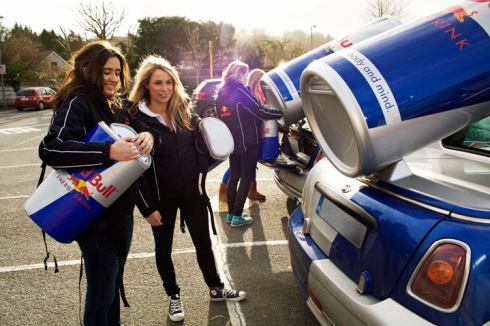Hello everyone and welcome on REDBURNMONSTERS!
We are three students from SKEMA Business School and the aim of this blog is to present you a brand audit concerning two famous brands of Energy Drink: Red Bull and Monster.
To facilitate your browsing, we have organized the blog in different ways that will enable you to find always the information you are searching for.
If you want to have a complete overview of our work, you just have to continue on this page: all the articles are organized in order. You will first find an overview of the energy market and then, for each part of our plan, two articles dedicated to an analysis of Red Bull and Monster, and finally a comparison, for each topic, of what have been said about the two brands.
If you want to focus on a brand in particular, if you want to discover the amazing market of energy drink, or if you are only interested in reading the comparison of the two brands, you just have to click on one of the four categories offered here:
Finally, if you want to read our articles by author, you just have to click on our name, just next to our avatar, at your right. Moreover, all the articles are signed by the name of the author.
We really hope you will enjoy our work and we wish you a good surfing on REDBURNMONSTERS!
Marie Allaix, Solène Dassing and Géraldine Fernet.


